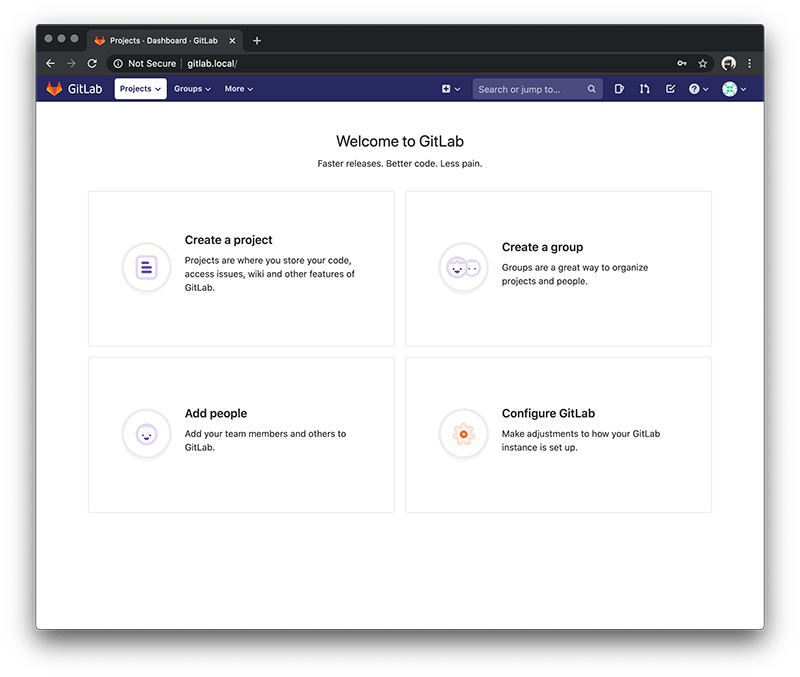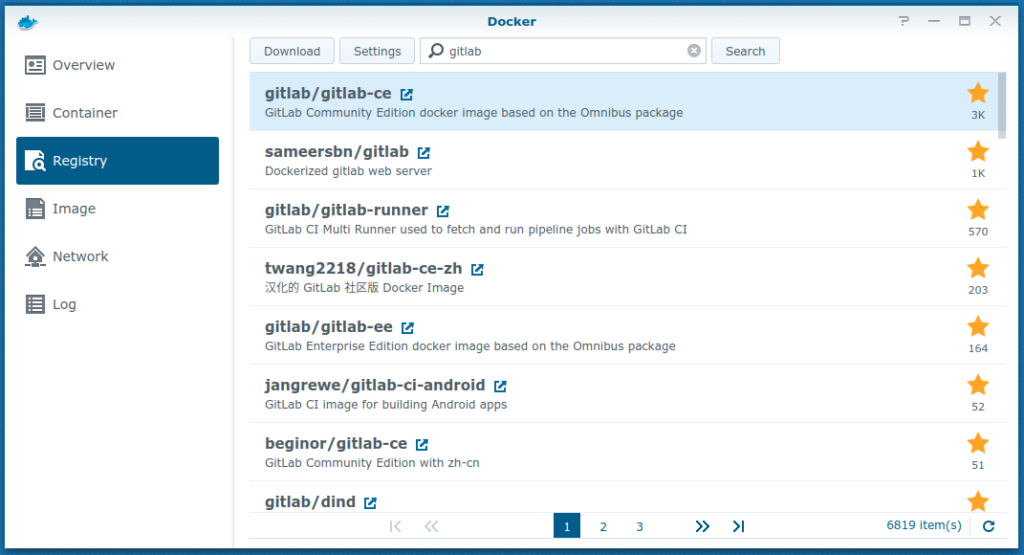


The apt update command updates the package index files used by the apt utility to retrieve information on available packages. Open your terminal and run the apt update command below to ensure your system has access to all the latest software updates.
 GitLab Enterprise Edition (EE) – for users who need the extra features that GitLab Enterprise Edition provides.īut this demo uses the Community Edition to test the application in your developer environment.ġ. GitLab Community Edition (CE) – for users who prefer an open-source, community-supported version of GitLab. But this tutorial focuses on installing GitLab using the GitLab repository from its developer. There are several ways to install GitLab, such as using the Omnibus package or compiling from the source. How to Install and Configure GitLab CE on CentOS 7 Step 1 - Install packages Step 2 - Install GitLab Step 3 - Configure GitLab URL Step 4 - Generate SSL. Note that I will use 8082 port for gitlab server. And run your gitlab-ce image with docker run command.Gitlab should be running firstly. Now that you have an FQDN and your server prepped, it’s time to install GitLab. Before starting the installation create 3 folder which names 'config','data','logs' in a 'gitlab' folder. Minimum requirements – 8 GB of RAM, 50-100 Mb/s bandwidth, 2 GHz processor, and 20 GB of disk space. A fully qualified domain name (FQDN) pointing to your server. A Linux server with root access – This demo uses Ubuntu 20.04 LTS, but any Linux distribution will work. If you’d like to follow along, be sure you have the following: This tutorial will be a hands-on demonstration. Sounds interesting? Jump right in! Prerequisites In this tutorial, you’ll learn the entire process of installing GitLab securely, so you get to set up SSL encryption and configure GitLab for optimal performance. Not seeing the video? Make sure your ad blocker is disabled.
GitLab Enterprise Edition (EE) – for users who need the extra features that GitLab Enterprise Edition provides.īut this demo uses the Community Edition to test the application in your developer environment.ġ. GitLab Community Edition (CE) – for users who prefer an open-source, community-supported version of GitLab. But this tutorial focuses on installing GitLab using the GitLab repository from its developer. There are several ways to install GitLab, such as using the Omnibus package or compiling from the source. How to Install and Configure GitLab CE on CentOS 7 Step 1 - Install packages Step 2 - Install GitLab Step 3 - Configure GitLab URL Step 4 - Generate SSL. Note that I will use 8082 port for gitlab server. And run your gitlab-ce image with docker run command.Gitlab should be running firstly. Now that you have an FQDN and your server prepped, it’s time to install GitLab. Before starting the installation create 3 folder which names 'config','data','logs' in a 'gitlab' folder. Minimum requirements – 8 GB of RAM, 50-100 Mb/s bandwidth, 2 GHz processor, and 20 GB of disk space. A fully qualified domain name (FQDN) pointing to your server. A Linux server with root access – This demo uses Ubuntu 20.04 LTS, but any Linux distribution will work. If you’d like to follow along, be sure you have the following: This tutorial will be a hands-on demonstration. Sounds interesting? Jump right in! Prerequisites In this tutorial, you’ll learn the entire process of installing GitLab securely, so you get to set up SSL encryption and configure GitLab for optimal performance. Not seeing the video? Make sure your ad blocker is disabled.







 0 kommentar(er)
0 kommentar(er)
